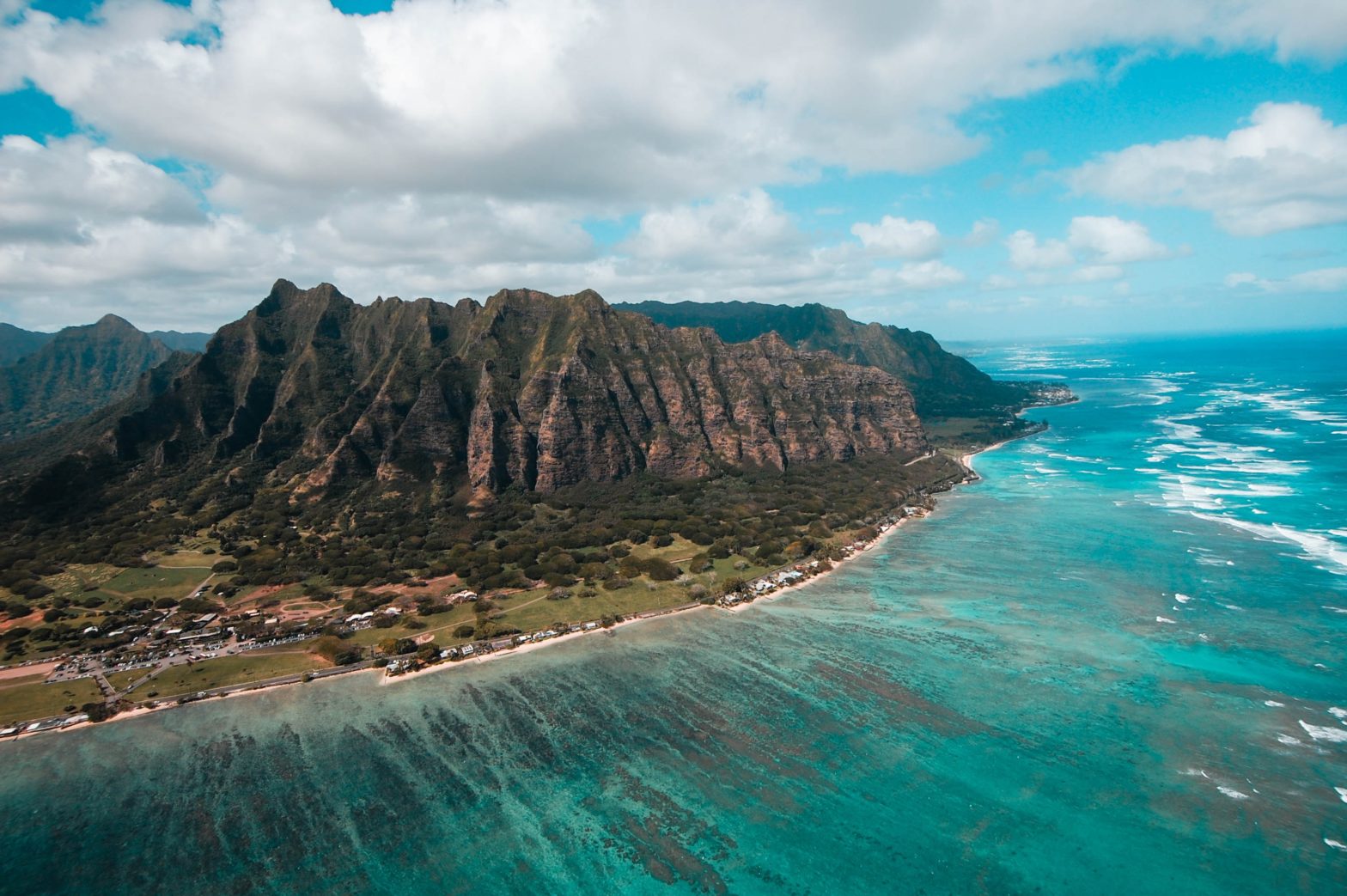Anybody who has been on a plane knows that turbulence is part of the experience. Usually, it isn’t long-lasting, but passengers on a Hawaiian flight in December experienced extreme turbulence that caused fright and injury.
According to Business Insider, “a Hawaiian Airlines pilot said a cloud ‘shot up’ vertically like a plume of smoke in just seconds and caused severe turbulence on a flight.”
Some of the injuries necessitated hospitalization upon landing.
Where Was The Plane Going?
The flight was bound for Honolulu from Phoenix.
Originally, officials reported 36 injured, but it was actually 25. There were 281 people on board.
Business Insider reports one passenger was “knocked unconscious,” while another “flew up and hit the ceiling as she had just sat down when the turbulence hit.”
The carrier reported that 13 passengers and 3 crew members were hospitalized. Others got medical treatment for minor injuries at the airport.
Weather Conditions Were Fine
Conditions were initially ideal for flight before the pandemonium occurred.
Not long after the pilot told flight attendants and passengers to prepare for turbulence, the cloud shot up, resulting in multiple injuries.
Jon Snook, Hawaiian Airlines’ Chief Operating Officer, blamed a rare air pocket for the incident.
What Causes Turbulence?
Turbulence, as defined by Weather, “is one of the most unpredictable of all the weather phenomena that are of significance to pilots.”
“It is an irregular motion of the air resulting from eddies and vertical currents. It may be as insignificant as a few annoying bumps or severe enough to momentarily throw an airplane out of control or to cause structural damage.”
There Are Four Classifications Of Turbulence
They can occur at any time, irrespective of weather.
The least extreme is called light turbulence. This entails slight altitude changes and bumpiness.
Next is moderate. Weather defines it as “somewhat similar to light turbulence, but more intense. There is, however, no loss of control of the airplane. Occupants will feel a definite strain against their seat belts and unsecured objects will be dislodged.”
The third is severe, which can bring about injuries. Also, “the plane may momentarily be out of control. Occupants of the airplane will be forced violently against their seat belts.”
Extreme turbulence makes it harder for the pilot to keep the plane in control. There might also be “structural damages.”
People Have Shared Their Experiences With Bad Turbulence
On Reddit, people described their experiences with turbulence, which were covered by Business Insider.
One user wrote, “we were supposed to go from Chicago, Illinois, to Buffalo, New York, but there was an insane snow storm happening. We spent an hour on the Chicago tarmac getting de-icing fluid on the wings. Once we were in the air, there was insane turbulence. We approached Buffalo and it felt like we were on a roller coaster as the plane went up and down as we circled the runway.”
“After about a half hour of this, the pilot said that we couldn’t land due to the snow and we only had about a half hour or so left of fuel so we were going to try and make it to Albany. Made it to Albany safely at 4 a.m.”
A second user, presumably a crew member, thought their life was about to end.
“We were at [cruising] altitude and serving snacks and such when the captain turned on the seatbelt sign. I just thought to myself, ‘I have to push this thing back to the galley then out again.’ Well, I’m just wheeling away and the pilot comes over the intercom and asks if everyone can return to their seats. Weird, I know. Well about 30 seconds later, cart almost back, it felt like we were hit from the top of the fuselage with the hand of God. I’m talking about a 1,000 ft/sec drop kind of drop. All I can do is grip the cart and my legs go above my head and cart comes up a little with me. Overhead bins came open, s— went everywhere, everyone’s screaming. I have never actually thought to myself I might die on this flight. Turbulence went on for about another 6 seconds and then just quit. Smooth sailing again.”
“After landing I found out what happened. Apparently, in the summer months in the south, you’ll have pop-up thunderstorms that are harder to predict. Well, the pilot and dispatcher didn’t predict how wide the thunderstorm was. Turns out we got hit with one of the downdrafts on the side of it and got way too close.”
Related: 10 People Rushed To Hospital After Severe Turbulence On American Airlines Flight





